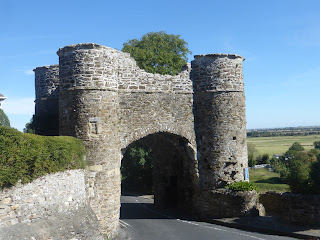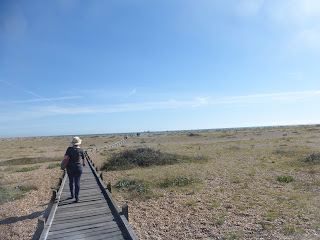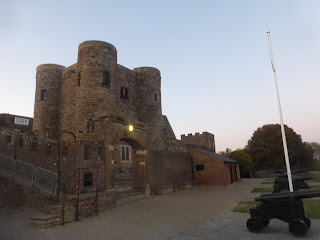Life is pretty hectic at the moment, and as a result I've been rather tardy in talking about my latest UK publication! This is another anthology in the British Library Crime Classics series, The Measure of Malice. The theme here is scientific detection. I've been keen with the story collections in this series to ring the changes in terms of theme, as well as trying to ensure diversity of content.
An anthology of short stories needs to have a distinctive personality, I think. On the whole, readers tend not to be tempted by random assortments of stories in a book, however good the individual stories. It's a given, in almost all cases, that different readers will respond differently to particular stories in an anthology, and that they won't like each story equally. That doesn't seem to me to be a problem. The real joy of anthology often lies in a discovery of the unexpected. One buys the book because one is tempted by the theme, or by the inclusion of a favourite story or author, and then one stumbles across something unfamiliar that is, perhaps unexpectedly, highly enjoyable. That's what I find as a reader of anthologies; it's what I love about them. And it's what I aim for when editing an anthology myself.
I'm no scientist, as my miserable Grade 5 in Physics O Level attests (and weirdly, I have never had a single chemistry lesson in my life), but science does interest me, and its application in detective work is of course of great importance. The focus of The Measure of Malice is on early examples of scientific detection - no DNA fingerprinting, CCTV surveillance, or mobile phone tracking here! But although some of the technology now seems quaint, it also has a considerable appeal as well as historic significance.
For this book, I've rounded up the usual suspects, such as R. Austin Freeman, creator of Dr Thorndyke, and J.J. Connington, in real life a distinguished professor of chemistry. And there are great names such as Arthur Conan Doyle and Dorothy L. Sayers, the latter making a venture into forensic dentistry in a story that I really like. But there are also less familiar names, such as Ernest Dudley, creator of Dr Morelle, C. J. Cutcliffe Hyne, and Carl Bechhofer Roberts. Who knows, it may be that some readers tempted by Doyle and Sayers find themselves drawn to Dudley and his lesser known colleagues. I hope so, and I hope that crime fans find plenty to enjoy in this new collection.




























































